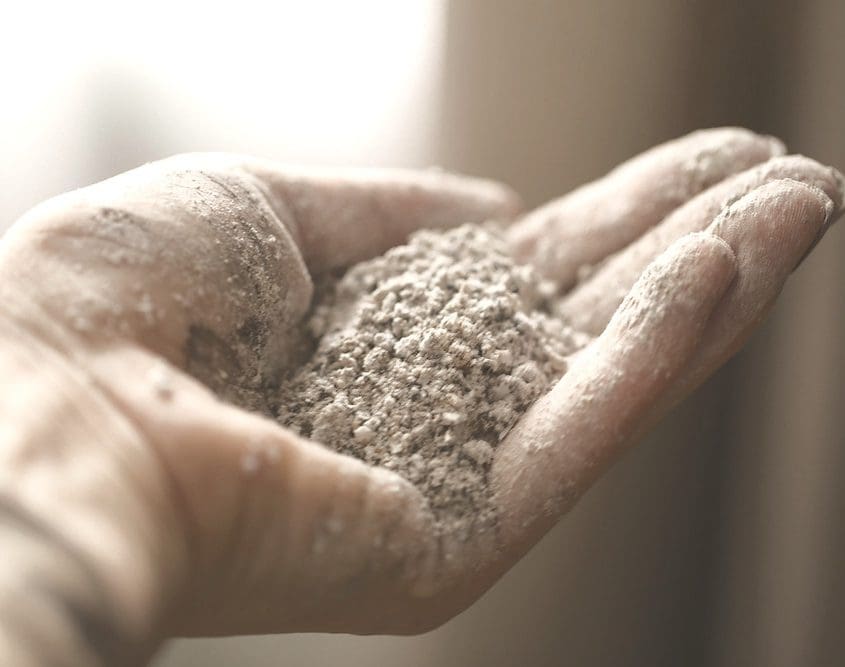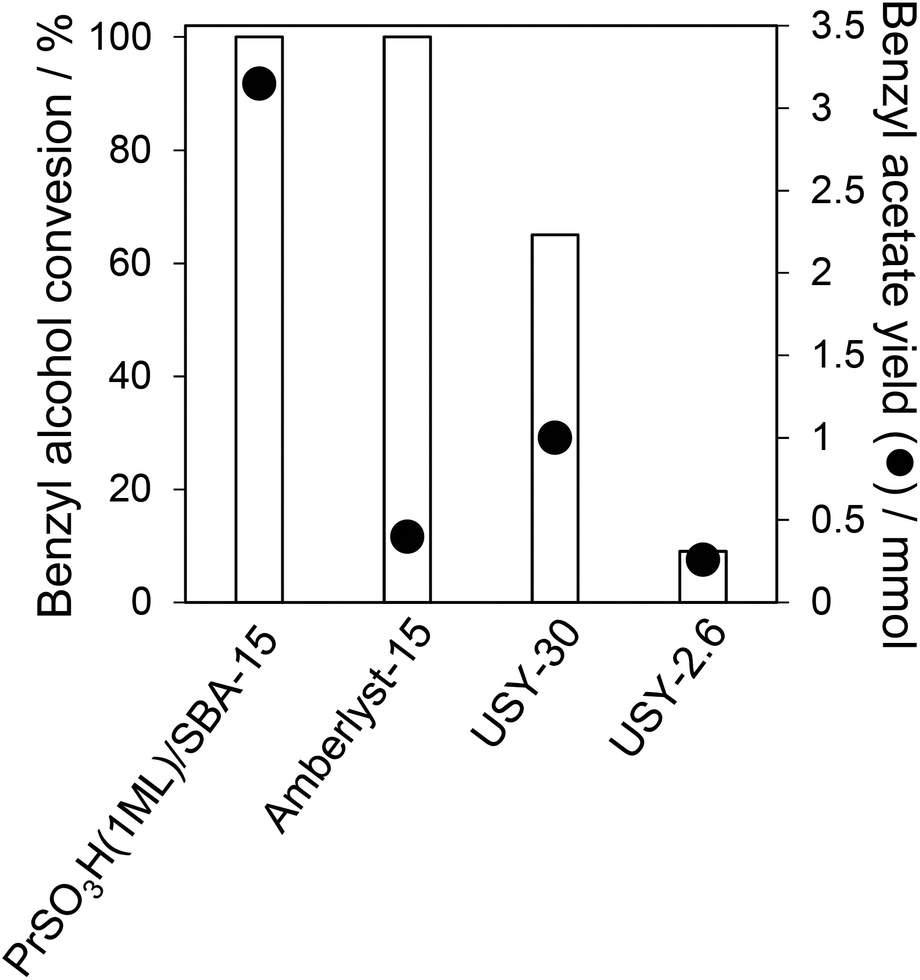

There are three main types of silicosis, which are distinguished by the severity and duration of exposure to silica dust: Silicosis is a progressive disease, which means that the damage to the lungs gets worse over time, even if exposure to silica dust stops. The disease is characterized by the accumulation of silica particles in the lung tissue, which triggers an immune response that causes damage to the lung tissue. Silicosis is a lung disease caused by inhaling silica dust, which can lead to scarring and inflammation of the lungs. The goal of a class action lawsuit is to seek compensation for damages suffered by the affected individuals and hold the responsible parties accountable for their actions. The lawsuit is filed against the companies or entities responsible for the exposure, alleging that they failed to take appropriate safety measures to protect workers from silica dust. Symptoms of these diseases can take years to develop, making it crucial to take precautions to prevent silica dust exposure in the workplace.Ī silica class action lawsuit is a legal action taken by a group of people harmed by silica dust exposure, typically workers in a particular industry. When silica dust is inhaled, it can lead to silicosis, lung cancer, and chronic obstructive pulmonary disease (COPD). Workers in construction, mining, and manufacturing industries are at risk of silica dust exposure. Silica dust is released during the cutting, drilling, or grinding of materials containing silica, such as concrete, brick, and stone. (n.d.).Silica dust exposure happens after the inhalation of tiny particles of silica, a mineral found in rocks, sand, and soil, which can cause serious health problems over time. What happens if I eat silica gel? (n.d.).Learn more about silica gel, a common pet toxin.Silica gel: Non-toxic ingestion with epidemiologic and economic implications. Compound summary: Cobalt chloride (CoCl2).Bowel obstruction in dogs: Symptoms, treatment, and prevention.You can learn more about how we ensure our content is accurate and current by reading our editorial policy. We link primary sources - including studies, scientific references, and statistics - within each article and also list them in the resources section at the bottom of our articles. Medical News Today has strict sourcing guidelines and draws only from peer-reviewed studies, academic research institutions, and medical journals and associations. Advice may include giving the child a few sips of water to help reduce any mouth discomfort and to ensure they will not choke or have trouble swallowing after eating the gel packet. If a child swallowed one or more packets but is not choking, this online tool from Poison Control may provide guidance, or a person can call 1-80. Doing so could potentially cause the packet to go farther into the child’s airway. Regardless of the child’s age, a person should not put their fingers in the child’s mouth.

They may need to deliver several strikes before the packet dislodges. A person can then use the heel of their other hand to strike the child between the shoulder blades.

If the child is younger than age 1, an adult should hold the child face down on their forearm, with the arm resting on their upper thigh. repeat as necessary until the packet dislodges.grabbing the fist with the other hand, make a quick, forceful push upward toward the abdomen.put the fist in the space below the child’s chest and above the child’s belly button.make a fist with one hand, with the thumb pointing toward the child’s stomach.stand behind the child and wrap their arms around the child’s waist.If a child is older than age 1, a person can perform the Heimlich maneuver to attempt to dislodge the packet. A person needs to be aware that forceful coughing can sometimes be mistaken for choking. If a person notices a child choking, they should call 911 and provide first aid. While silica gel is generally nontoxic, ingestion of the packets can cause choking in children.


 0 kommentar(er)
0 kommentar(er)
